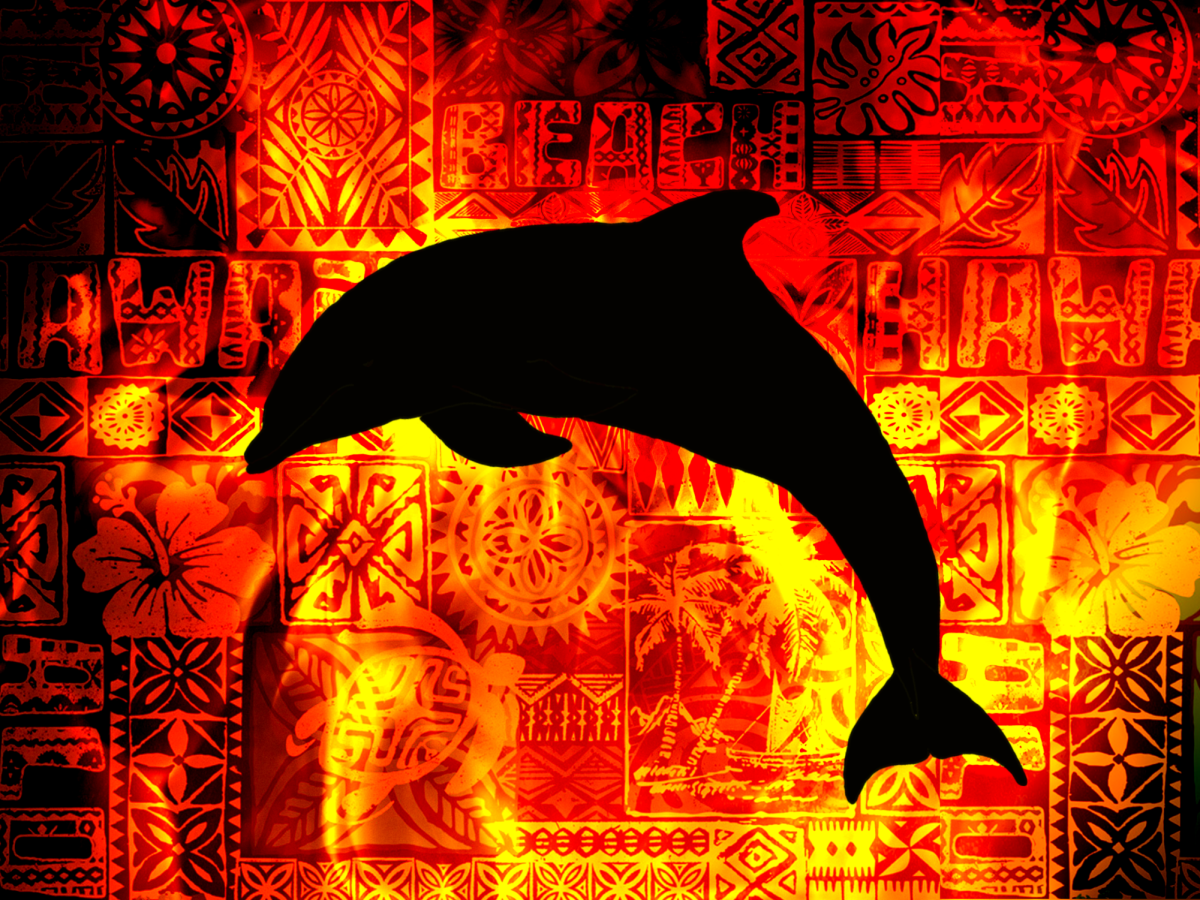Billowing black smoke diffuses through the air as deafening crackling and sputtering crescendo into a thunderous boom. All around, walls of fire move closer, glowing a bright rouge and tawny copper. Trees turn to ash, buildings to dust, and people run about in chaos and terror.
This frightening scene is what thousands of Hawaii residents faced at the beginning of August. Throughout the fiery destruction, over 100 precious lives were lost and several thousand buildings were damaged.
According to climate scientists from Clark University, the fires were brought about by a variety of environmental factors. To begin, Hawaii’s weather patterns were modified by El Nino, an ocean current that brings drier and warmer conditions than usual. Rising global temperatures also ‘fueled the fire’ as the increasingly hot weather caused a drought that dried out much of Hawaii’s local vegetation. In combination with hurricane-like winds, the wildfires were stoked to life and stayed ignited for days to come.
Fires ravaged parts of the island of Maui, particularly the Lahaina region. The sweltering heat and thick black smoke drove pedestrians from their homes, schools and places of work. To escape the flames, some Hawaii residents fled to the ocean, as the cool water was the only thing to save them from the deadly flames. However, nothing could save the public from the dense smoke that made it extremely difficult to breathe. According to CNN reports, for days after the wildfires locals were coughing up the black soot.
Between the dangerous fumes and blazing fires, nearly 30,000 people had to evacuate Maui. Those still on the island sought refuge in public shelters around the area. As the fire ravaged the island, sparing nothing, more than 14,000 citizens were without power for days. The fires and the $5.52 billion dollars of damage crippled the land and economy. Tourists could neither travel to, nor wanted to visit, Maui during the aftermath of wildfires, hurting the island’s large tourism sector.
Sadly, climatologists predict that wildfires such as the ones in Hawaii will only increase in severity and frequency as time progresses due to the worsening consequences of climate change on global weather patterns. For historic islands such as Hawaii, this news is especially depressing because the fires devastated not only people’s livelihoods and property but also the island’s sacred sites and unique environmental features.




























